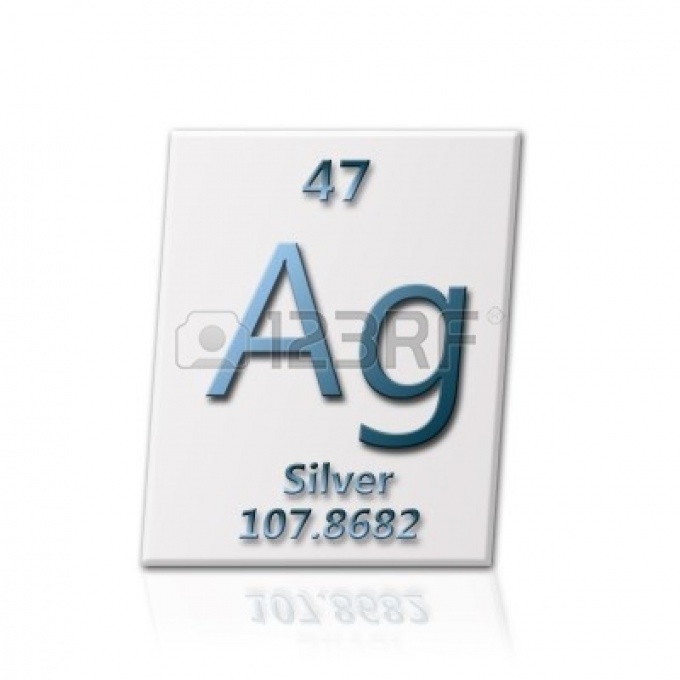How to Melt Silver at Home
How to Melt Silver at Home
The independent melting of silver is a simple task. For this you will need some tools and a source of silver itself. The molten metal can subsequently be used for casting new products, for example, jewelry.

You will need
- - silver;
- - burner;
- - a crucible;
- - heat-resistant tongs;
- - form for low tide.
Instructions
1
Choose the right object that contains silver. It can be found in many products, for example, coins, cutlery, jewelry, decor items, etc. For the melting of silver, these items are best suited. A small amount of silver is also used in X-rays and in printing photographs, but to obtain the necessary volumes of liquid metal they will not be enough. Silver for melting can also be found in industrial products, for example, ball bearings, batteries, various solderings, industrial catalysts, television screens, etc.
2
Having collected a sufficient number of silveritems, crumble them into small pieces of preferably the same size, then divide into identical batches. This is necessary for further uniform heating of these materials, as well as acceleration of the melting process.
3
Before proceeding to melting the cookedsilver, remember that this is a rather dangerous process, molten metal has a very high temperature, and its contact with the skin can lead to serious injuries. Take all precautions to protect yourself and others.
4
For melting silver you will need a fire,the temperature of which must be at least 962 degrees Celsius (the melting temperature of silver). You can achieve such a flame in several ways, for example, using a gas or gasoline burner. Place the crushed silver in a crucible (a container that is resistant to the temperatures necessary for melting metals in it) or any refractory crockery and heat it to the desired temperature. The melting process will be quite long, wait until the silver melts completely.
5
The silver thus melted is necessaryuse very quickly until it has hardened again. Use heat-resistant pliers and pour liquid silver into a pre-prepared form, for example, from gypsum board, it can be a form of a cutlery, decorative element and even a jewelry. If you cast an object with a complex structure, the shape must be constantly stirred so that the metal can completely fill it.







